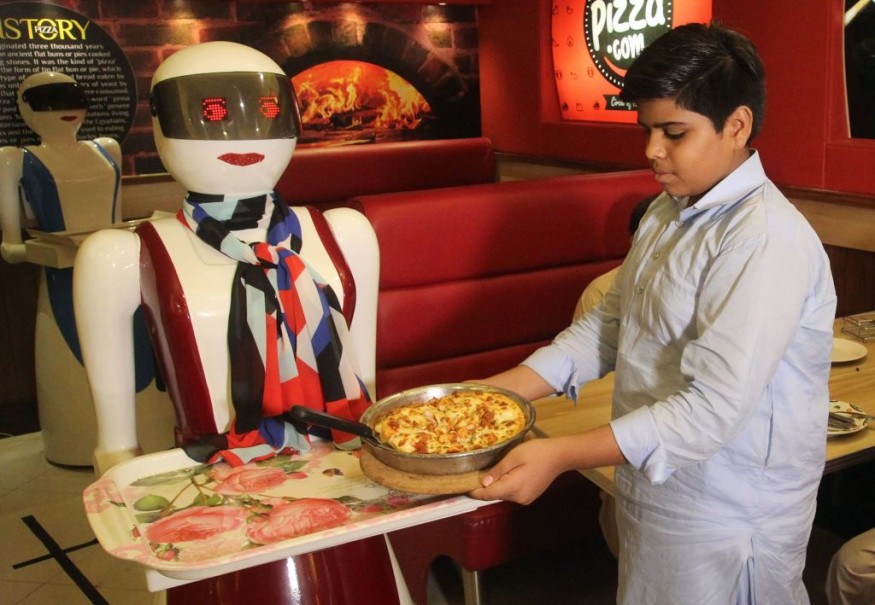Electronics company LG has recently rolled out the world's first-ever hotel service robot which it claims has a semi-autonomous operation has the capacity to carry a maximum of 66 pounds.
A Pharmaceutical Technology report specified that the said company's service which LG called CLOi ServeBot has been rolled out to achieve UL 3300 certification for safe operation for complicated environments which include retail stores, restaurants, and hotels.
The newly invented service robot is programmable for different floor plans that can allow accurate multi-point deliveries that range from compactly packed hotel receptions and restaurants.
Based on descriptions by tech reports, the CLOi ServeBot controls several sensors and technologies for it to effectively operate.

Developed for Efficient Delivery
CLOi ServeBot is made with a 3D camera, a LiDAR detector, a ToF or Time of Flight sensor, and a bumper sensor which allows it to recognize both moving and stationary objects in its paths and create real-time adjustments to prevent collisions.
The service robot comprises three shelves that can each carry a maximum of 22 pounds, for a total delivery capacity of 66 pounds in all.
Each shelf is built with a ToF sensor to let the robot know when an item has been taken out and it can move on to the next destination.
Essentially, ToF sensors identify how distant objects are by measuring the time it's taking a pulse of light to be reflected, which makes them useful for both self-occupancy and navigation detection.
Responding to Customer Interactions
The developers created the service robot with cartoon-like eye animations that are showcased on the top-mounted 9.2-inch touchscreen of the unit.
As described in Verdict where CLOi ServeBot was first reported, an operator can control the touchscreen to adjust assigned sites and choose various modes, on top of adjusting voice announcements and music played "in response to customer interactions."
When connected to the WLAN of the user, the robotic server enables cloud monitoring in order for the users to receive nearly instant status updates.
CLOi ServeBot is powered by a 23,000 mAh battery with a maximum of 11 hours of continuous operation. It also charges from zero to 100 percent in only five hours using a 120V outlet.
Service Robots and Their Benefits to Humans
A Robots.net describes a service robot as an invention that renders various service types to humans. Robot use in the service industry performs either boring or tedious tasks, murky, dirty tasks, dismal, remote, risky, time-consuming, and repetitive responsibilities.
The same report also explained that service robots are different from industrial robots used for the automation of manufacturing processes both in their form and function.
The International Organization for Standardization said a service robot is a tech invention that frees humans by carrying out some useful tasks for them.
Furthermore, a service robot is autonomously operating through an "inbuilt control system" which can be manually overridden when needed. it may have either full or partial autonomy.
To date, more humans have continued using robots to ease themselves from several tasks, the more advantageous they turn.
According to tech experts, in the future, more and more uses of robots will manifest, and a lot of industries and businesses will begin employing service robots.
Related information about CLOi ServeBot is shown on LGHAUS's YouTube video below:
RELATED ARTICLE : Meet Cecilia the Robot Bartender, an Interactive AI Mixologist That Can Concoct 120 Cocktails Per Hour
Check out more news and information on Robotics in Science Times.










